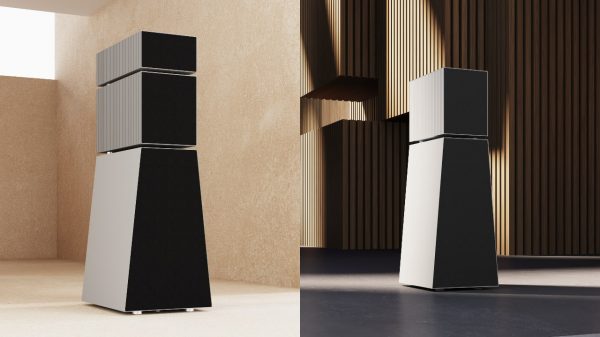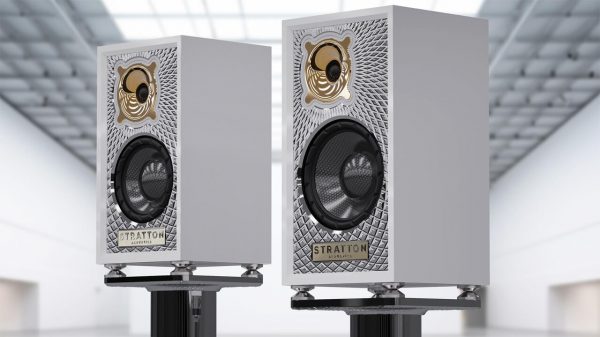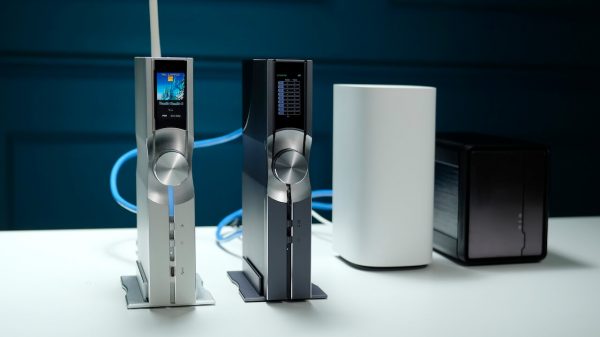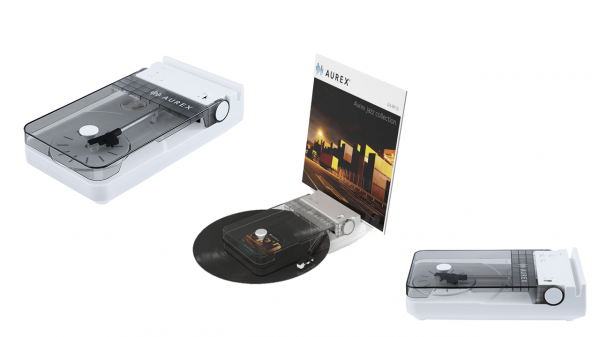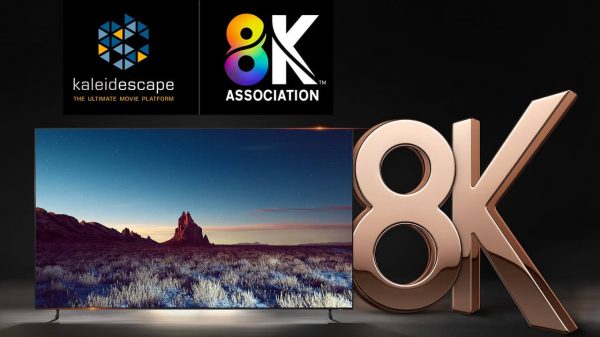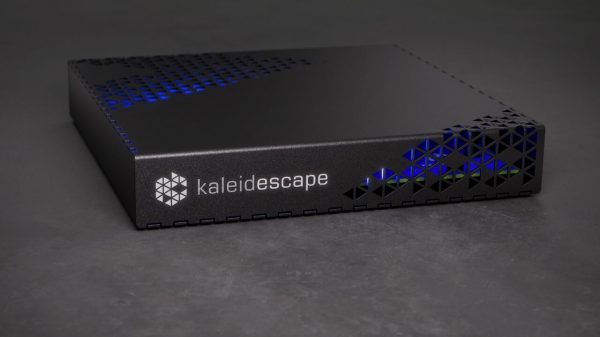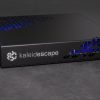JVC and Sony have battled it out for the past 5 years in the high-end projector category and it would be appear that another major battle is brewing. The new JVC 8K Laser Projector line-up looks rather impressive on paper but that level of performance comes with a serious degree of sticker shock.
8K video projectors aren’t as commonly available as 8K TVs, but JVC hopes to change that with their video projector line-up.
- Procision Series: DLA-NZ9, DLA-NZ8, DLA-NZ7
- Reference Series: DLA-RS4100, DLA-RS3100, DLA-RS2100
NOTE: The DLA-NZ9 and DLA-RS4100 have identical features, as do the NZ8/RS3100, and NZ7/RS2100. There are only a slight cosmetic differences.

Key Features
3-Chip DILA (Direct Drive Digital Amplifier): Separate reflective chips for red, green, and blue primary colors.
BLU-Escent laser light source: A blue laser is combined with a yellow phosphor wheel. A portion of the blue light generated by the laser is passed through while the rest hits the yellow phosphor wheel which creates red and green light. The laser light source doesn’t require periodic replacement as in traditional lamp-based projectors.
Light Output: 3000 Lumens (NZ9/RS4100), 2500 Lumens (NZ8/RS3100), 2200 Lumens (NZ7/RS2100)
HDMI: All projectors have two HDMI inputs with 8K/60 and 4K/120 resolution support, 48Gps transfer rate support, and HDR10/10+ support.
8K/e-Shift: Since squeezing all the pixels needed for 8K resolution on the size chips needed in a video projector is very expensive, JVC uses Pixel Shifting (referred to as e-Shift or e-ShiftX by JVC – it is sometimes also referred generically as “pixel wiggling”) to display images. Instead of a chip that contains all 33.3 million pixels needed to display 8K resolution, JVC uses 4K chips (x3) combined with the pixel shifting process.

When e-Shift/e-ShiftX is activated it splits the 8K image into two 4K images containing half of the 8K image information. The projector rapidly shifts each pixel (at 240Hz) in four directions (Models DLA-NZ9/DLA-RS4100, Models DLA-NZ8/DLA-RS310) or two directions by a half-pixel width and projects the result onto the screen. The shifting motion is so fast the viewer perceives the result as an 8K image. According to JVC, 8K e-Shift resolution is 8192p x 4320p vs 7680p x 4320p for native 8K resolution.
3D Support: Additional glasses and RF emitter purchase required for use.
Product Model MSRP 3D Glasses (RF) PK-AG3 $179.95 3D Emitter (RF, Only for PK-AG3) PK-EM2 $99.95
Frame Adapt HDR and Theater Optimizer: For HDR content, Frame Adapt HDR performs dynamic tone mapping frame-by-frame or scene-by-scene on encoded HDR10 content. Theater Optimizer fine-tunes HDR performance more by adjusting tone mapping to the projector’s installation settings.
Installation Settings: Lens memory, pixel adjustment, screen masks, Screen size and gain, aspect ratio, and more.
Auto-Calibration: Optimizes the optical characteristics that may vary depending on installation and use conditions.

Screen Correction Mode: This corrects color imbalance caused by screen characteristics (material, reflectivity).
Airflow: Rear air intake and front air exhaust to accommodate different installation environments, such as when the projector might be placed close to a wall. JVC lists the fan noise as 24db.
All projectors are ISF-certified (supports professional ISF Calibration tools).
Pricing and Availability
JVC Procision and Reference Series projectors are available through authorized JVC dealers and home theater installers beginning October 2021. For more details, refer to JVC’s Official Announcement and each projector’s product page:
Procision Series / Reference Series:
- DLA-NZ9 / DLA-RS4100 – $25,999.95
- DLA-NZ8 / DLA-RS3100 – $15,999.95
- DLA-NZ7 / DLA-RS2100 – $10,999.95
Note: Prices have increased $1,000 respectively since launch.
Order now at AudioAdvice.com and ProjectorScreen.com


